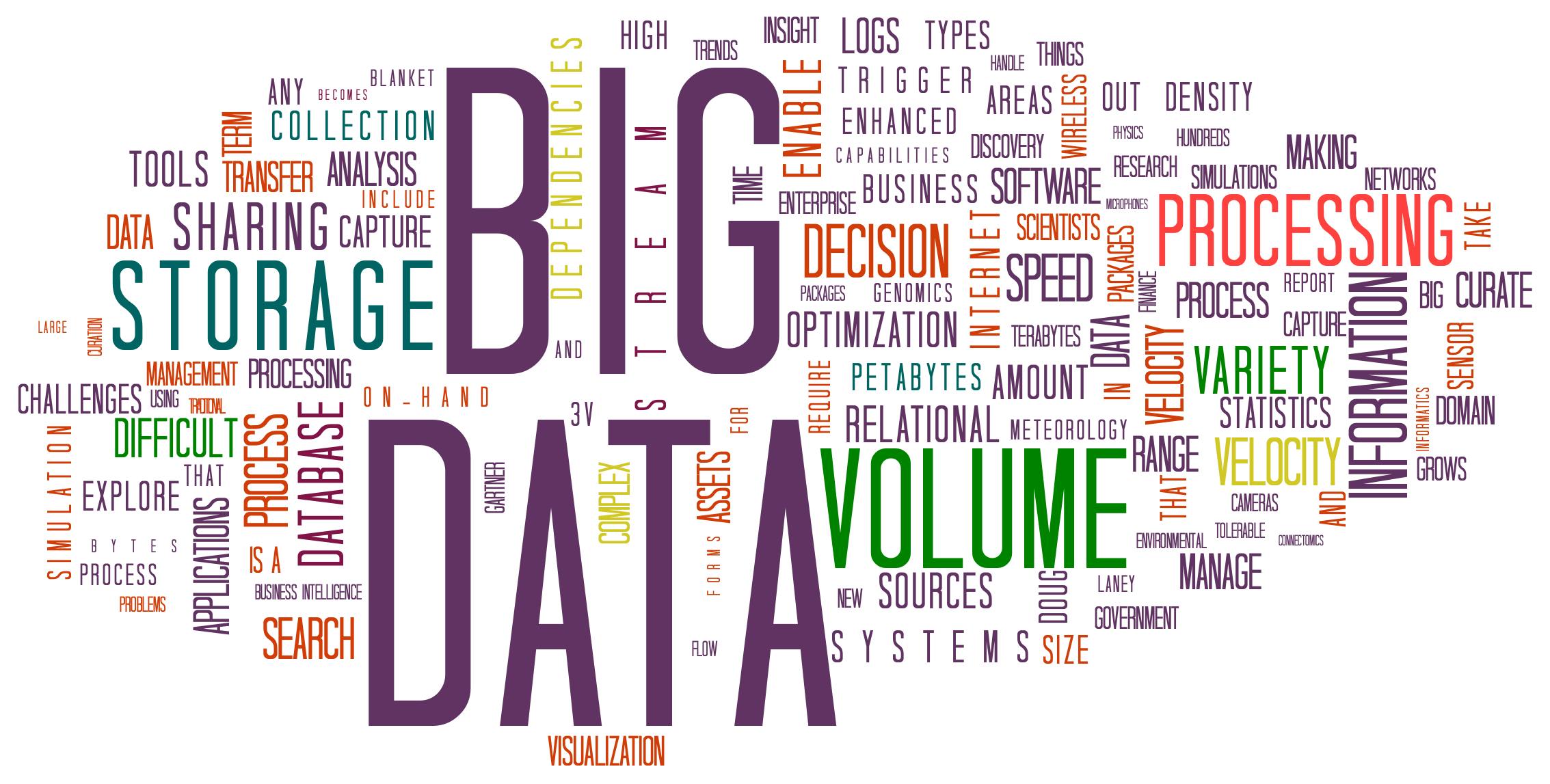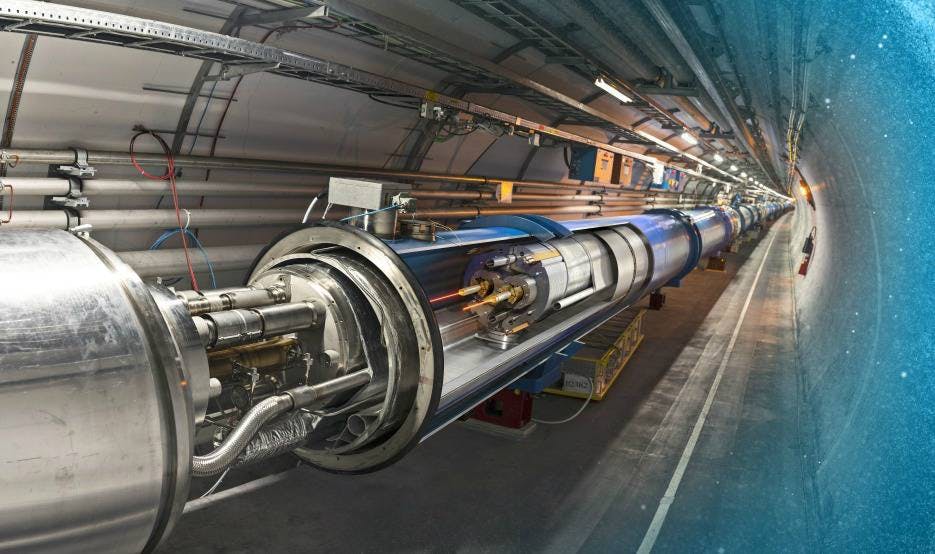Definition of Big Data
Big Data is about Data that contains a greater variety, colossal volume, and growing exponentially in time. This data can be structured or unstructured data.
Big Data is hard to manage due to the types of data, the velocity of growth, and the volume of time.
How does Big data work?

For companies, Big Data gives the power to discover insights that open up new opportunities and business models.
The process of discovering those insights needs a great team of data analytics and software developers that take the challenge to create high-performance algorithms for Big Data.
Big Data management requires data centers with the capacity to store a high volume of data and cyber security best practices for availability and confidentiality.
Big data requires analytics strategies due to the amount of data so this needs great power in the computational process.
Use Cases of Big Data:
Meta
 More than 500 terabytes of data are generated every day.
More than 500 terabytes of data are generated every day.
 Generates between 500-700 Millions tweets a day.
Generates between 500-700 Millions tweets a day.
 Processes more than 20 petabytes of data every day
Processes more than 20 petabytes of data every day
Large Hadron Collider ( LHC )
 Generates about 1 petabyte of collision data per second.
Generates about 1 petabyte of collision data per second.
Conclusion
Today big data is seen as the new oil but it all depends on how companies used a large amount of data, so managing data and analysis require great computational power, high availability, and storage but also needs great algorithms to finally discover insights that will be valuable for business.
Leave your comments below.
Thank you so much! 🚀


